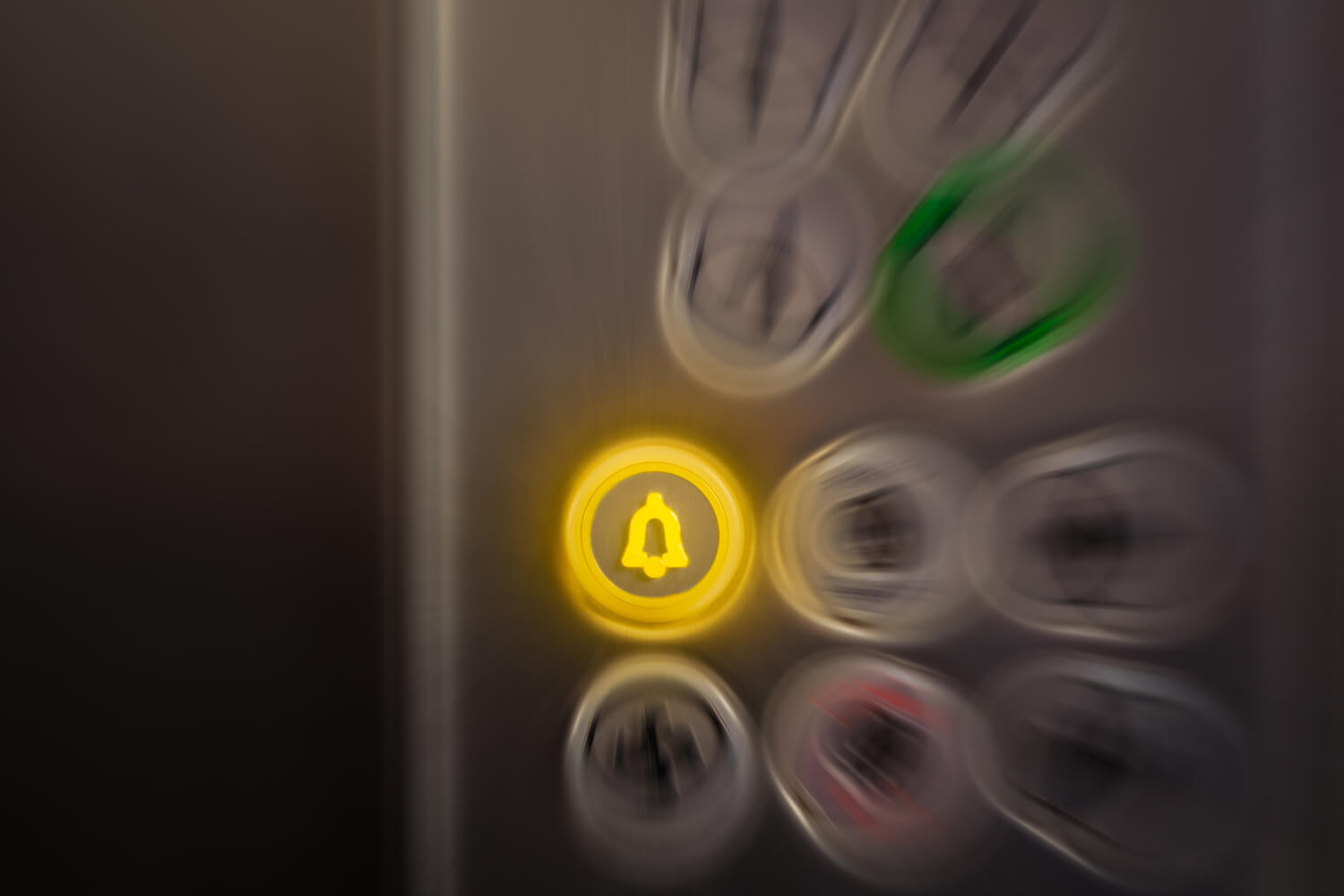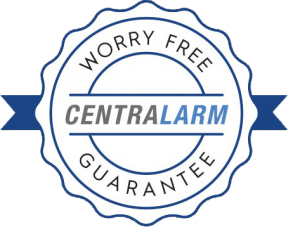If you have an elevator in your building, you must keep it up to code to avoid hefty fines and other complications. Elevator code ensures that passenger elevators, platform lifts, and stairway chairlifts are safe and convenient for all building occupants. Read on for our complete elevator code checklist based on regulations set by the ASME, ADA, IBC, and NEC.
ASME Code Requirements
The American Society of Mechanical Engineers (ASME) provides a complete safety code for elevators that most inspectors use as their guide when looking at your building. Here are the items you should be aware of:
- Machine/control room: The elevator pit and control room must be clean and dry while meeting the manufacturer’s temperature and humidity requirements. Lighting requirements apply as well. The room should have a fire extinguisher and smoke detector.
- Emergency communication functionalities: Elevator cars should have two-way communication, a 24-hour live monitoring service, accessible messaging for hearing- or speech-impaired individuals, and video footage that authorized personnel can access.
- Additional equipment: The building must have smoke detectors in various locations, with an emergency signal in the elevator if one of the smoke detectors is triggered.
Additional regulations apply, which you can find by reading the full ASME elevator code.
ADA Elevator Requirements
The Americans with Disabilities Act (ADA) requires buildings to ensure that occupants with disabilities can safely and easily access property elevators. You must verify the following:
- Elevators are on an accessible route that complies with the ASME
- Elevator cars automatically self-level
- All call buttons are centered 42” above floor height
- Call buttons have visual indicators, are flushed from their surface, and are larger than ¾”
- Objects below call buttons do not protrude more than 4” into the lobby
- Hoistways provide visible and audible signals indicating when and where the elevator cab will arrive
- Elevator hoistway entrances provide raised and braille floor indications
- Elevator doors automatically open and close within the appropriate minimum times
- The elevator doors provide enough space for wheelchairs to enter
- Floor surfaces are slip-resistant
- The highest aspect of the elevator’s emergency communication system is 48” or lower
Additional specifications and requirements apply to the above regulations. You can find detailed explanations of all requirements by reading the full ADA standards.
International Building Code Regulations
The International Building Code updates every year. Some of the latest developments include requiring appropriate smoke and fire dampers within elevator machine/control room venting and two-way communication systems at the landing serving each elevator when a building has multiple floors above or below the exit level. Read the full IBC standards to learn more.
NEC Elevator Code Regulations
The National Electric Code (NEC) also enacts elevator regulations that you should be aware of. All the top items you must verify revolve around setting up your circuits, outlets, and other electrical components to prevent over-surges and fire hazards. We recommend reading the full list of regulations or having your electrician conduct an inspection.
Stay Up to Code With ELEVATE MONITORING
If you need help meeting the elevator code, call ELEVATE MONITORING today at 877-990-9191 to speak with our elevator monitoring specialists.



